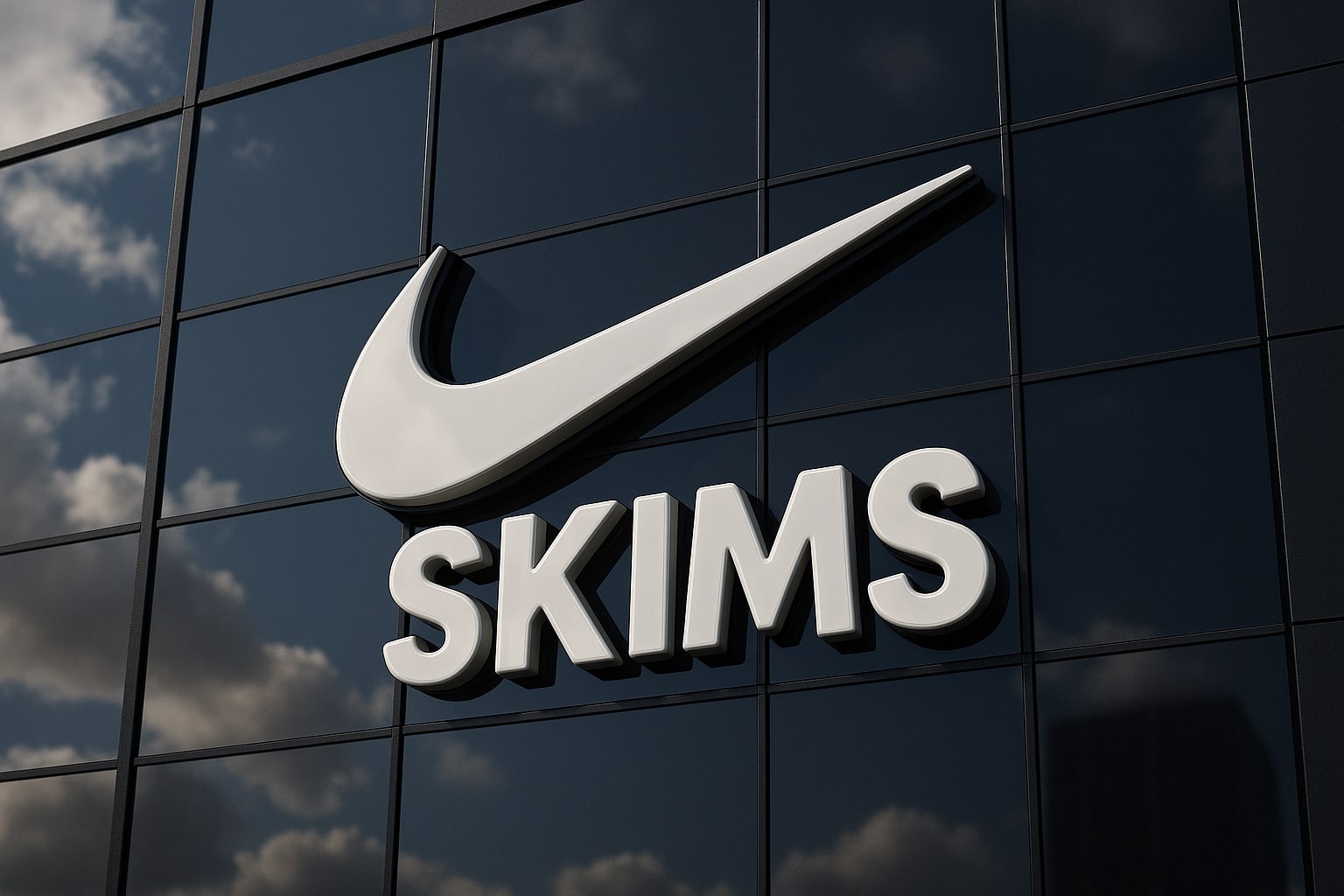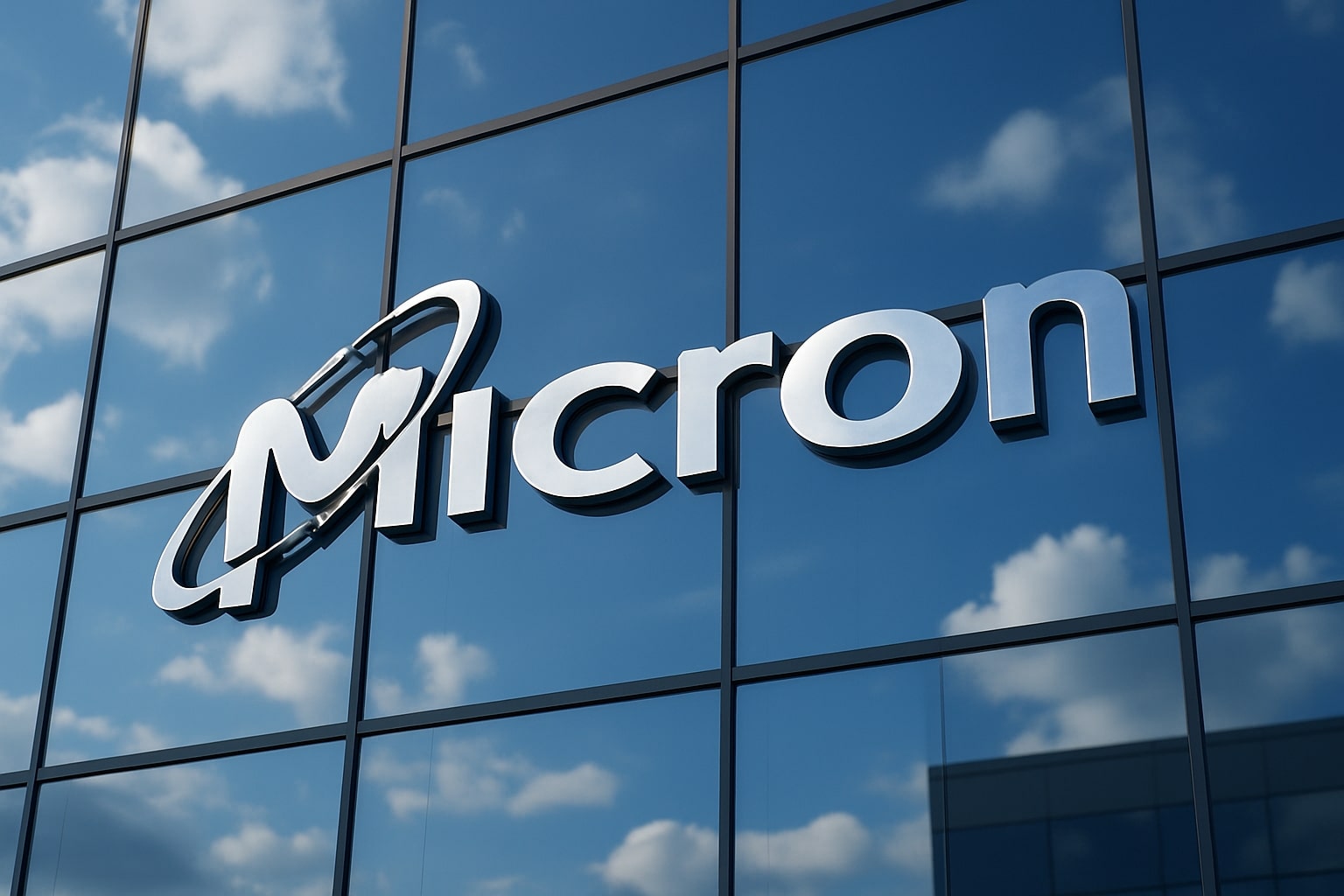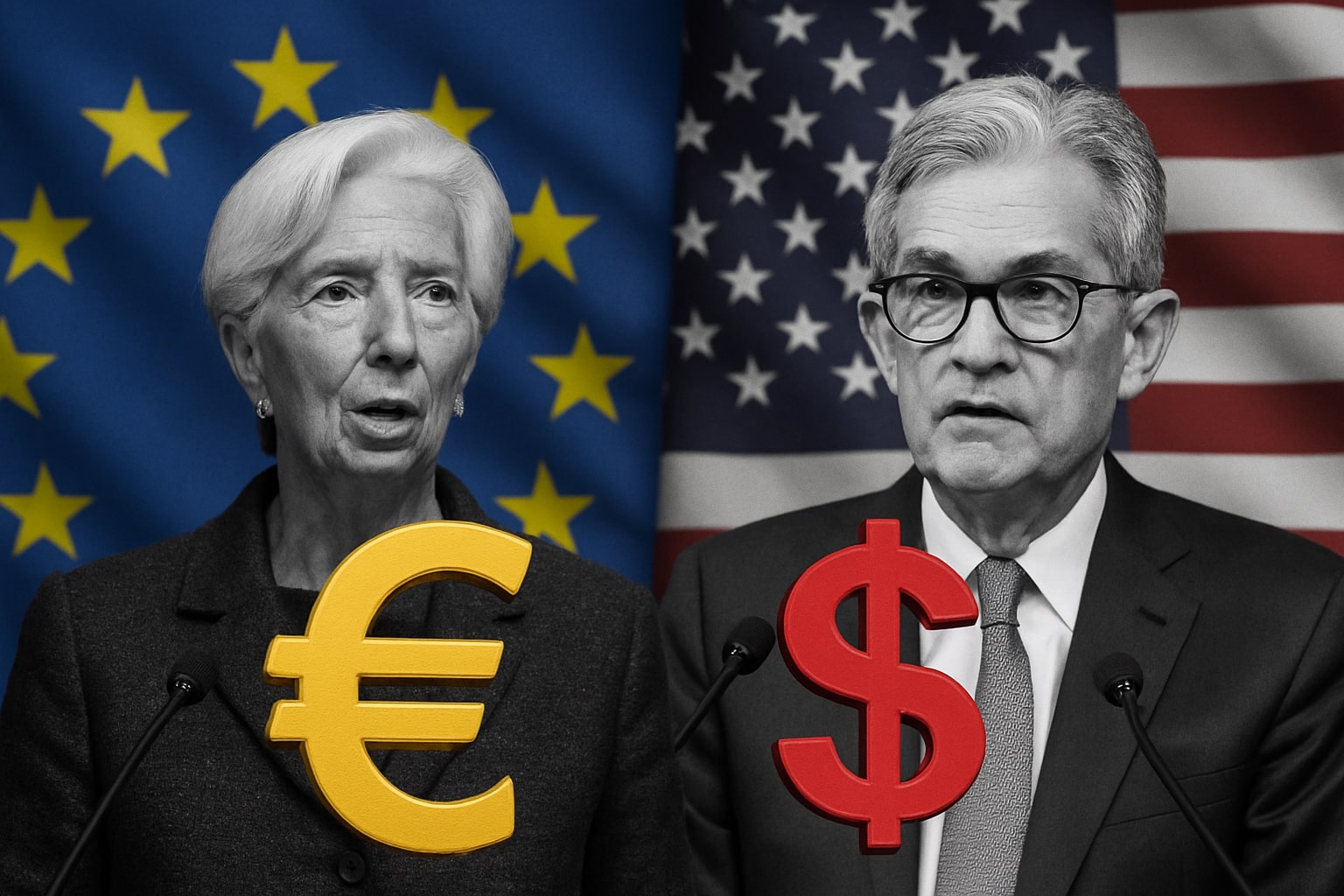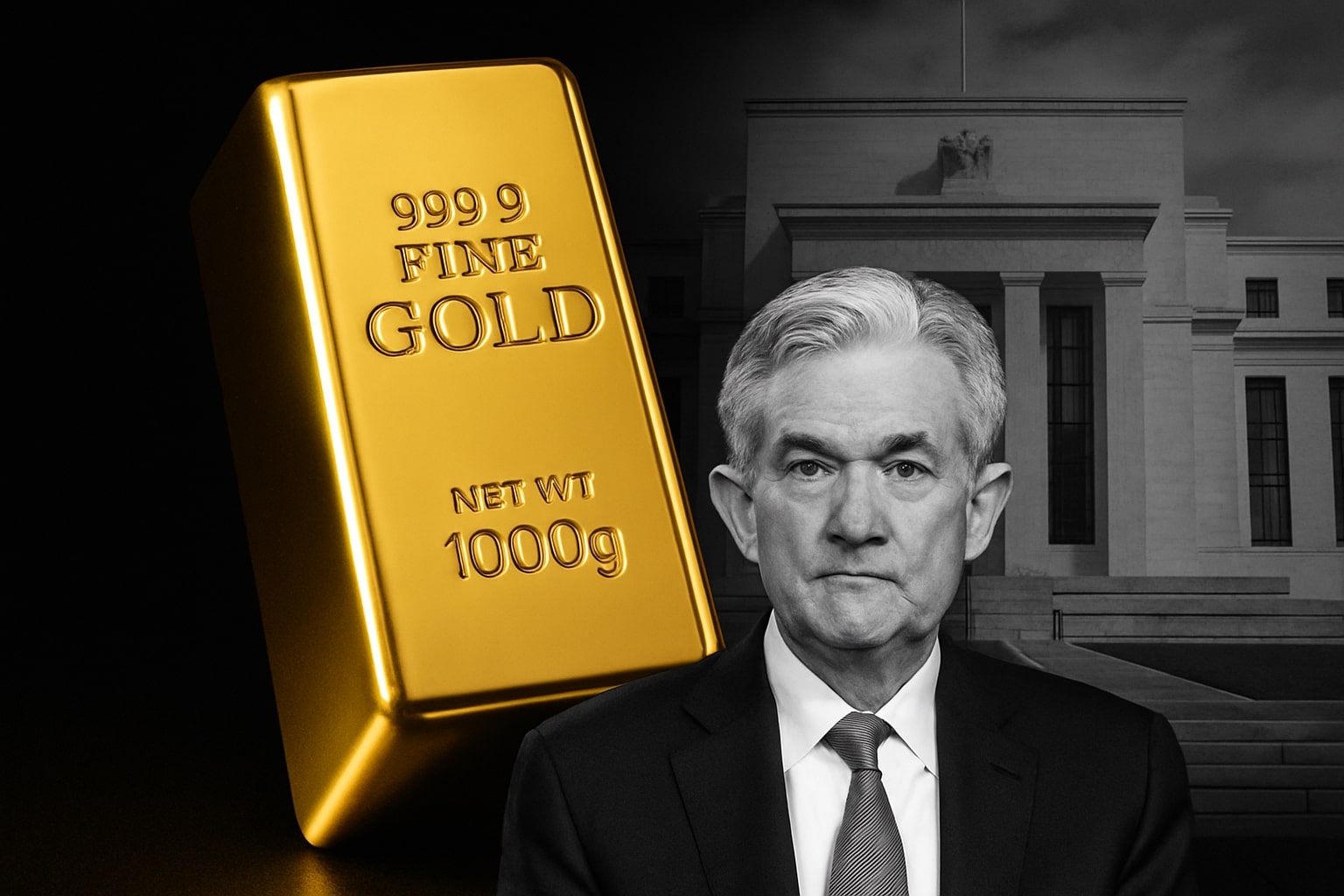
Nike Stock Price Forecast - NYSE:NKE Jumps to $73.65 on $11.72B Revenue Beat, Faces Margin Squeeze from $1.5B Tariffs
EPS of $0.49 beat doubled estimates, wholesale sales grew 7%, but Converse plunged 27% and China fell 10%; investors weigh premium 40x valuation with support at $71 and resistance near $80–$90 | That's TradingNEWS
Nike Stock Price Forecast - NYSE:NKE Earnings Show Recovery Signs, But $73 Stock Faces Tariff and China Hurdles
Revenue Growth Returns but Nike Still Trades at a Premium Price
Nike (NYSE:NKE) surprised the market with fiscal Q1 results, lifting its stock above $73.65 after a 5% rally. Revenue climbed 1% year over year to $11.72 billion, exceeding consensus expectations of $11.00 billion. The earnings per share print of $0.49 nearly doubled analyst forecasts of $0.27, reflecting tighter cost controls and improved operational leverage. Still, investors should note that the stock has shed nearly 30% in the past three years, raising questions about whether this bounce marks a durable turnaround or another short-lived rally.
North America Strength Offsets a Sharp 10% Decline in China
Regional trends tell a split story. North America led with 4% growth, fueled by 11% expansion in apparel to $1.5 billion and a 16% rise in equipment sales to $327 million. Footwear remained flat at $5.2 billion, a relief after double-digit drops last year. By contrast, China fell 10% to $1.66 billion, dragged by a 12% collapse in footwear to $1.1 billion. Executives acknowledged that weak in-store traffic and higher discounting remain headwinds, though they stressed that the pivot toward performance-focused products is beginning to rebuild consumer interest.
Wholesale Rebound Contrasts with Weak Direct-to-Consumer Sales
Wholesale channels delivered 7% growth to $6.8 billion, sharply better than the decline analysts had expected. Nike’s renewed partnerships with Foot Locker and Amazon helped stabilize volumes. However, direct-to-consumer (D2C) sales slid 4% to $4.5 billion, with digital growth turning negative after years of outperformance. This signals a deliberate pullback from heavy promotional activity in D2C, but it also shows that Nike is relying more on wholesale partners to drive momentum. The mix shift creates near-term pressure on profitability but suggests Nike is re-balancing its distribution strategy.
Tariffs and Discounts Slash Margins Below 43%
Gross margin narrowed 320 basis points year over year to 42.2%, down from 45.4% a year earlier. The primary drag was the $1.5 billion tariff impact projected for FY26, up from $1.0 billion only a quarter ago, as U.S. import duties on Vietnam (46%), Cambodia (19%), and Indonesia (19%) sharply increased. Discounting to clear inventories added further pressure. Management cut its full-year margin guidance to a 120-basis-point contraction, compared with a previous estimate of 75 bps, showing just how damaging tariffs have become to Nike’s cost structure.
Profitability: Net Income Drops 31% but Sequential Improvement Signals Bottoming
Despite the EPS beat, net income dropped 31% year over year to $727 million, highlighting that Nike’s revenue growth is still not translating into robust profit expansion. The sequential gain from $211 million last quarter to $727 million shows stabilization. Inventories eased 2% from a year earlier, a critical improvement after several quarters of overstock. Nike also lifted its dividend by 6%, extending a 23-year streak, and maintains a 2.31% yield. The company returned $123 million through buybacks, but its cash balance dropped by $1.7 billion to $8.58 billion, reflecting cash burn.
Converse Decline Underscores Brand Concentration Risk
Converse posted a severe 27% revenue decline to $366 million, missing expectations of a 9% fall. Management described this as part of a “global reset,” but the magnitude highlights brand fatigue. By contrast, the Nike core brand rose 2% to $11.4 billion, cushioning the Converse collapse. This concentration risk means Nike’s valuation largely rests on the flagship label, leaving little diversification benefit when one brand falters.
Valuation at 40x Forward Earnings Leaves No Room for Error
At $73.65 per share, Nike trades at a forward P/E near 40x, well above its 10-year average of 33x. Analysts see FY26 EPS at $1.68, implying investors are paying a premium despite contracting margins and earnings pressure. HSBC raised its target to $90, while the Wall Street average sits at $81.67, suggesting about 11% upside. The elevated multiple means even modest disappointments in China or margin recovery could lead to sharp valuation compression.
Technical Setup: Support at $71, Resistance at $80 and $90
Technically, Nike shares are trying to sustain momentum above the 200-day moving average at $71. A break above $80 resistance could open room toward $90, while failure to hold $71 risks a retest of $63 support. The RSI sits near 60, leaving room for further upside before entering overbought territory. Traders will watch whether the post-earnings rally can build volume toward the $80–$90 zone, or if profit-taking caps the move.
Read More
-
Stock Market Today: Wall Street Drops as Nasdaq Hits 22,552 and S&P Falls to 6,664 Before Nvidia’s Report
16.11.2025 · TradingNEWS ArchiveStocks
-
Bitcoin Price Forecast - BTC-USD Crashes to $94K as 815,000 BTC Hits the Market
16.11.2025 · TradingNEWS ArchiveCrypto
-
Gold Price Forecast - Gold Reverses at $4,133 as XAU/USD Falls to $4,085
16.11.2025 · TradingNEWS ArchiveCommodities
-
EUR/USD Price Forecast - Euro to Dollar Holds 1.1630 as the Dollar Struggles Under 99.40
16.11.2025 · TradingNEWS ArchiveForex
Institutional and Insider Positioning Reflect Hesitation
Institutional investors control 84.25% of the float, a high level that shows confidence in Nike’s turnaround. Short interest eased to 3.82% of float, equal to 35.7 million shares, down from 42 million a month earlier. However, insiders own only 1.41%, and transaction data show limited insider buying. The lack of strong insider conviction suggests management is cautious about aggressively buying at these levels despite the earnings beat.
Final View: Nike Stock Is a Hold Until Margin Pressures Ease
Nike has delivered a much-needed beat with $11.72 billion in revenue and $0.49 EPS, sparking a sharp rally to $73.65. Wholesale is reviving, inventories are improving, and the dividend remains reliable. But China’s 10% contraction, tariffs costing $1.5 billion, and Converse’s collapse keep the risk profile elevated. With valuation already stretched at 40x forward earnings, the stock is best viewed as a Hold unless margins recover above 45% and EPS accelerates toward $2. Only a decisive breakout above $80 would justify a shift to a bullish stance.



















